TDSi’s EXgarde V.4 access control software reflects the increasing need for advanced integration
Product Profile
In the past the Access Control industry was a relatively straightforward one. Vendors supplied access control systems to installers who in turn organised and fitted solutions which were primarily concerned with securing doorways and controlling the flow of people traffic to restricted parts of the premises. But like most parts of the security industry, the Access Control sector has evolved and the industry is looking to expand their offering to add more value for money than ever before. For some this would have been unthinkable even a few years ago, but now successful companies have to think outside the traditional boundaries to meet the constantly evolving expectations of the market.
Integration is a word that is mentioned time and time again in relation to Access Control – and with good reason! The IP revolution has become just as central to this sector as the rest of the security and wider technology world and has shaped the expectations of customers. Far from being a novelty, any system that doesn’t integrate with other IP systems at some level is now considered unusual. The move towards integration means that mutually communicative systems are essential, with the likes of Microsoft Active Directory becoming a central hub to all kinds of company systems from security to Human Resources and Facilities Management systems.
As an extension to this, there are also demands for solutions that can still incorporate older legacy systems, which in all likelihood would never have been designed with this kind of integration in mind. For example, a company that has a large installation of analogue CCTV cameras (which may well still have a high degree of their effective lifecycle remaining) is unlikely to want to tear them all out in favour of more modern IP megapixel cameras, just for the sake of having new ones. Modern integrated systems can deal with these integration issues, but it is something that installers need to be sympathetic to, offering solutions that will save their customers wasting budget and will offer tailor-made, highly relevant solutions.
The modern business world is largely responsible for driving the need for integration. Security and the ability to monitor and prove it are high priorities, but so is doing it effectively on tighter budgets. Rather than seeing it as a potential stumbling block, the Access Control industry needs to see the opportunities to offer customers a sizable and crucial part of the wider security offering. Schools are a good example of the need to integrate all the security systems to protect potentially vulnerable users. Modern educational establishments usually use a dedicated Schools Information Management Systems (SIMS) which gives a single point of administration and reference.
With this at the heart of the establishment, the opportunities and benefits from creating a two way communication between the SIMS and the access control systems is obvious. For an installer there may be a temptation to sell the school a simple, standalone access system (particularly when budgets are under such close scrutiny), that offers lower upfront costs with a simpler installation process - yet there is a superb opportunity to offer a hard working solution that may cost more up front, but will really make good use of existing systems, offering far bigger rewards and helping to future-proof itself for considerably longer.
The concept of thinking outside the box can apply on many levels. Access Control is closely linked to security and yet an integrated system can be as much a part of the management of the wider buildings’ control systems. If a people counter system can be used to ensure perimeter security access isn’t breached, then why not use it to control heating and ventilation? Closely controlling these systems minimises the waste of resources whilst ensuring users still get the services they need.
Another area that is ripe for the help of Access Control as a value-add is Health and Safety. Being able to monitor the number of people who enter a controlled area also means a close eye can be kept on occupancy. Not only can this control the access of unauthorised people, it also monitors if a lone worker is present in a potentially hazardous area for example, alerting other members of the team that there may be a risk to their safety. Linked to this, it can also be an integral part of compliance, logging when staff are present in a hospital or a prison for example, integrating directly with the employment management system to provide highly accurate and secure information.
The humble MIFARE card is another industry standard that can actually offer users a great degree of flexibility and empowerment beyond its Access Control role. The secure identity information held on the card can easily be accompanied by additional authentication details which are just as safe. Businesses or organisations that require a number of different secure functions (such as a university campus for example – which may offer library, gym membership and EPOS systems for retail) can use a MIFARE card as a single confirmation token. The appeal for our customers is that it reduces cost by utilising existing system investments to provide new services, whilst being relatively simple to implement.
These examples of ‘Thinking outside the box’ could just be the tip of the iceberg as new technologies are waiting to grab the market. Near Field Communications are rapidly coming into focus as a security tool, building upon the popularity of smartphones and mobile devices on which they are deployed. This is an exciting technology as it utilises a ubiquitous everyday device to offer secure and convenient authentication which as mentioned above, can have a myriad of different uses well beyond the traditional access control arena. Biometric authentication is another area that is coming on in leaps and bounds. Being able to use a fingerprint, retina scan, facial recognition, sub dermal scan or even the analysis of the circulatory system, frees users from having to carry a token and yet offers even tighter levels of security. These levels of security will make it even easier to integrate different systems and the idea of limiting the potential of access control will seem like an anarchistic relic of a bygone age.
Technical Specification
| Make | TDSi |
|---|---|
| Manufacturer | TDSi |
| Category | Access Control>Access control software |
| Model code | EXgarde Enterprise |
| Max No. of Doors per System | Unlimited |
| No of Cardholders included | Unlimited |
| Reader Types | Biometric |
| Communication | LAN, WAN |
| Visitor Management | Yes |
| Guard Tours | Yes |
| Central / Remote Monitoring | Yes |
| Import/Export of Information | Yes |
| System Requirements | Operating System: Windows® 7, Windows® XP and Windows® server 2003/2008 |
| Additional info |
EXgarde is a fully featured Access Management PC software application that combines an extremely intuitive graphical user interface and powerful integration capabilities in a single package. Please note: the sofware also supports both MIFARE and Proximity reader types. |
| Download PDF version Download PDF version | |
You might be interested in these products
Related Whitepapers
Access and security in the age of hybrid working
Cybersecurity in keyless access management
The critical role of access control in K-12 school security
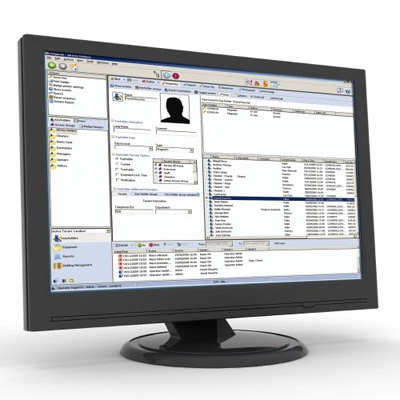
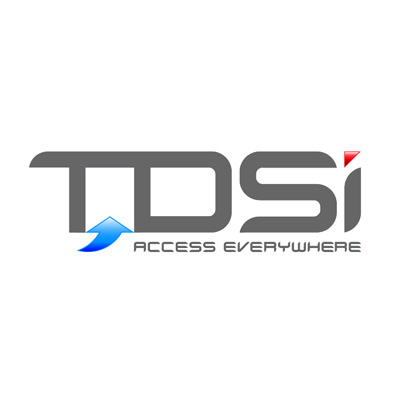

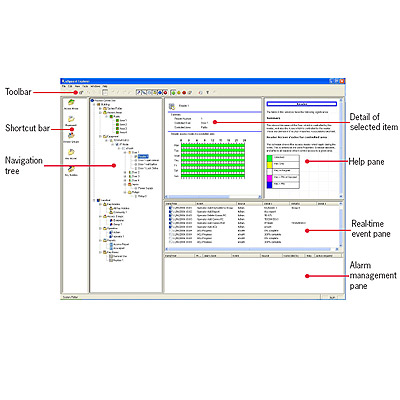
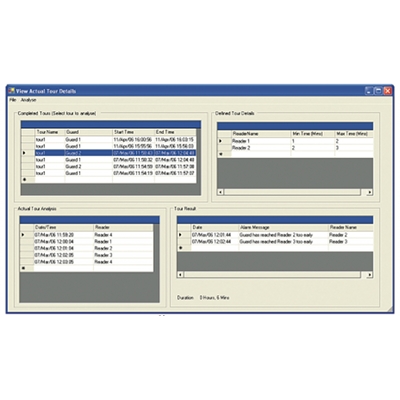
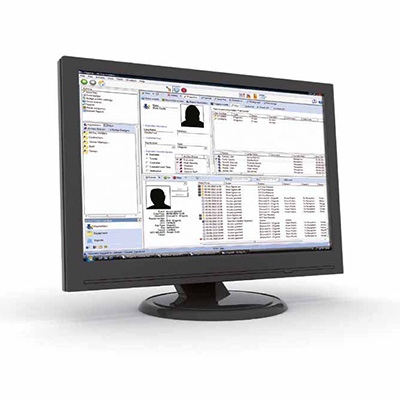
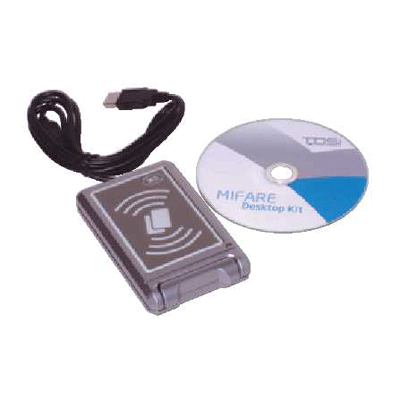

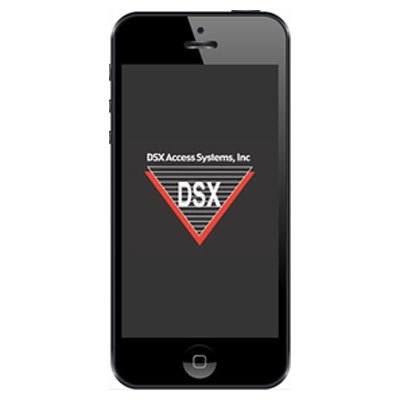
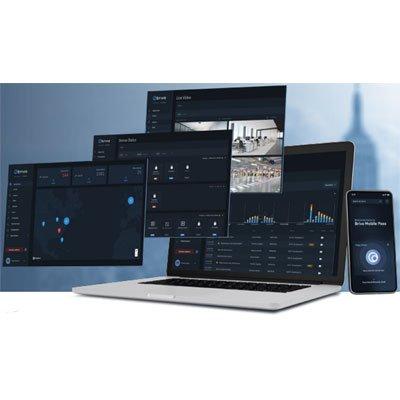







![$common_vars['trending_topic_article_popup'][0]->title](https://www.sourcesecurity.com/img/news/612/apple-wallet-in-situ-image-920x533.jpg)
